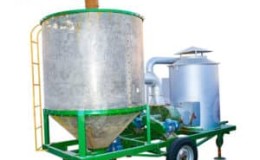Cereals
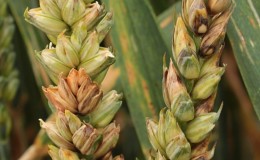
Such an insidious disease as fusarium blight on wheat is familiar to many farmers. However, not everyone has an idea about the reasons for its spread, development, methods of identifying and combating it. What is fusarium in wheat? Fusarium...
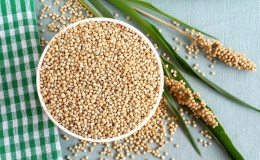
Sorghum is not known to everyone, but it has been used by humans for several thousand years in various industries. The plant is widely used in animal husbandry, medicine and industry. From seeds of different colors...
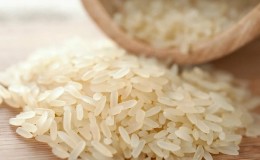
Pancreatitis is a disease of the pancreas in which its digestive function is impaired due to an excess of enzymes in the pancreas duct. Pancreatitis can be acute or chronic. The acute form is treated with medications and refusal to eat...
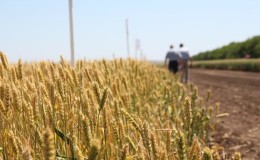
The quality of wheat is determined by its flour-grinding and baking properties: the higher it is, the better the flour and bread baked from it. To find out how high these indicators are, the nature of the grain is measured. Let's figure out how...
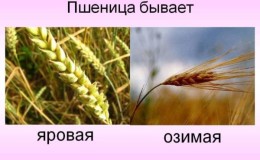
Wheat (lat. Triticum) belongs to herbaceous, mainly annual plants of the Cereals family. This common grain crop is diverse - soft, hard, winter, spring, food, wild, as well as a large number of varieties. Interest...
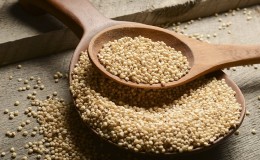
Sorghum is a cereal plant used for the production of flour and cereals, animal and bird feed.The nutritious cereal is rich in vitamins, minerals and polyphenols. Brooms, paper, various...
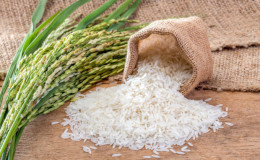
Rice is the most valuable food product for a large part of the world's population. It is consumed daily as a staple food in Asian, Arab and African countries. Now there are more than 10,000 varieties of this plant...
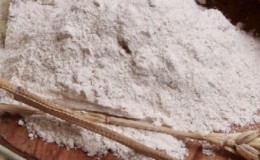
Gluten, or gluten, is a complex protein substance that is insoluble in water. In addition to wheat, it is found in barley, oats, rye and all products derived from these cereals. Gluten level is one...
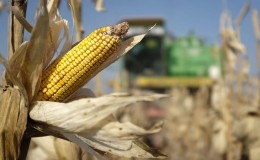
Corn is grown in many parts of the world not only for food, but also as animal feed. The article will tell you about the rules of harvesting and its further...
